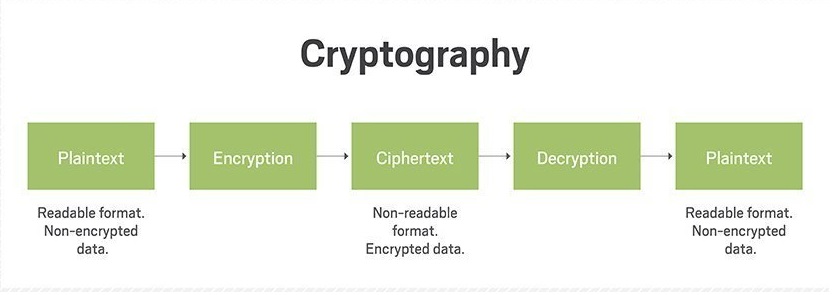What is Cryptography?

WCF
30th September 2019
WPF
2nd October 2019Cryptography involves creating written or generated codes that allow information to be kept secret. Cryptography converts data into a format that is unreadable for an unauthorized user, allowing it to be transmitted without unauthorized entities decoding it back into a readable format, thus compromising the data.
Information security uses cryptography on several levels. The information cannot be read without a key to decrypt it. The information maintains its integrity during transit and while being stored. Cryptography also aids in nonrepudiation. This means that the sender and the delivery of a message can be verified.

Cryptography also allows senders and receivers to authenticate each other through the use of key pairs. There are various types of algorithms for encryption, some common algorithms include:
- Secret Key Cryptography (SKC): Here only one key is used for both encryption and decryption. This type of encryption is also referred to as symmetric encryption.
- Public Key Cryptography (PKC): Here two keys are used. This type of encryption is also called asymmetric encryption. One key is the public key that anyone can access. The other key is the private key, and only the owner can access it. The sender encrypts the information using the receiver’s public key. The receiver decrypts the message using his/her private key. For nonrepudiation, the sender encrypts plain text using a private key, while the receiver uses the sender’s public key to decrypt it. Thus, the receiver knows who sent it.
- Hash Functions: These are different from SKC and PKC. They use no key and are also called one-way encryption. Hash functions are mainly used to ensure that a file has remained unchanged.




